A Stroll Through a Jewish London
The city’s storied history is one of both Jewish triumph and persecution.
Seder Night at Buckingham Palace may not be in Queen Elizabeth’s diary of events for next year, but placing an order for Mazot may just be on the cards for a future King of England.
When Prince William tied the marital knot with Kate, he is said to have married into a Jewish blood line stretching back centuries.
William follows his father, Prince Charles, as heir to the throne and his mother-in-law is Carole Goldsmith. Despite five generations of Goldsmiths marrying in church, some royal observers say there’s a very real Jewish heritage in the Goldsmith clan.
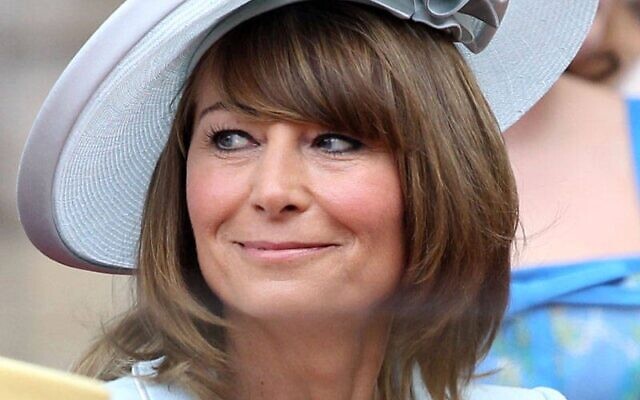
The revelation of a possible Jewish line is just one of countless Jewish links that continue to surface among English society both past and present.
One gentleman who, although not of royal blood, was certainly considered a blood brother to one monarch. He was Sir Ernest Cassel, the best pal of King Edward VII, the wayward son of Queen Victoria.
Cassel was born in mid 19th century Germany where his father, Jacob, owned a small bank but young Cassel ventured off to England alone and penniless aged 17. With an enormous capacity for hard work and a natural business sense, he was soon a successful banker and businessman and one of England’s wealthiest men by the beginning of the 20th century.
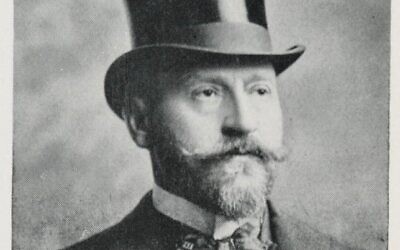
Cassel mixed in the grandest circles befriending the then-Prime Minister Herbert Asquith and a young Winston Churchill. So constant a companion was he to King Edward, he earned the nickname Windsor Cassel.
The Jewish connection is present in modern day British politics too …and in whichever political direction you turn. Former Prime Minister David Cameron’s great great grandparents were stalwarts in London’s Jewish community. His paternal great great grandfather was Emile Levita, a German financier who was granted British citizenship back in 1871.
Levita, a director of the Chartered Bank of India, Australia and China, which became Standard Chartered Bank, married into the wealthy Danish Jewish Rée family.
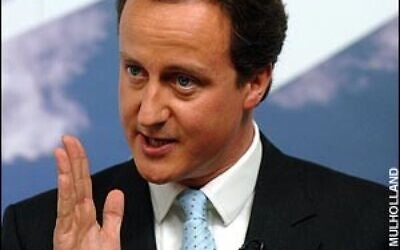
When Conservative Premier Cameron taunted his greatest adversary in Parliament, he may just have a moment’s hesitation before heaping insults …for facing him was the then Jewish leader of the Opposition Labour Party, Ed Miliband. Both his father Ralph and mother Marion Kozak were Jewish refugees who escaped the Holocaust.
And on these heated occasions in Parliament, the official referee (or Speaker as he is known) was John Bercow, grandson of Romanian Jewish immigrants.
But if Bercow’s attempts at mediation were ever in vain and the two opponents came to blows, they could have sought treatment for their injuries just yards away across Westminster Bridge at the famous Saint Thomas Hospital … and it’s all thanks to a scion of the Rothschild banking dynasty.
With the massive influx of East European Jewish immigrants to London at the end of the 19th century, Lord Nathan Mayer Rothschild – the first Jewish Lord – came to an unofficial arrangement with the hospital governors. In return for massive donations from Rothschild and his wealthy Jewish friends, Saint Thomas Hospital provided kosher food, Jewish only wards, facilities for celebrating the Shabbat and even separate ice chambers for Jewish bodies.
The arrangement spread to other major hospitals in the capital such as Guys and the Royal London. And at many other famous London landmarks a surprise or two awaits the connoisseur of Jewish trivia.
Westminster Abbey, the traditional church of royal coronations and one of London’s top tourist attractions, was built in 1245 …thanks to some wealthy Jews. The previous church on the site was dilapidated and King Henry III decided it was time for a replacement.
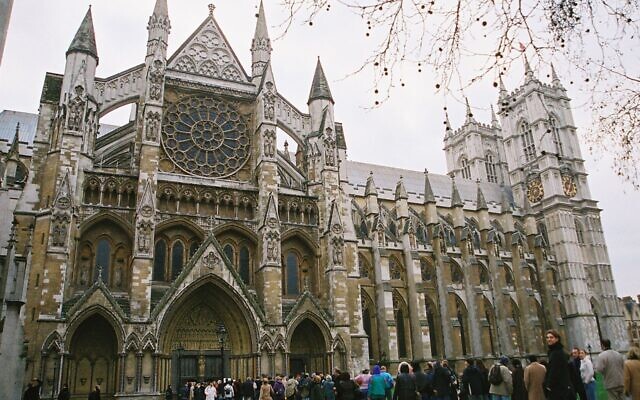
While most of the small Jewish community in Medieval England was impoverished, it also included several wealthy merchants and money lenders. Henry expropriated their monies to finance his new abbey. And when his ‘benefactors’ later sought his permission to venture overseas and seek a new life, Henry refused, thinking there was still more to be had from them.
Their wish to depart England was granted unexpectedly 40 years later when King Edward I banished the country’s entire Jewish population, and they were to remain exiled for 350 years.
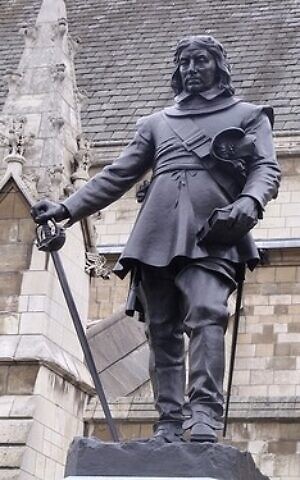
Next door to Westminster Abbey and standing proudly outside the Houses of Parliament is a statue of the Jews’ saviour – Oliver Cromwell who led his anti-Royalist forces to victory in England’s 17th century Civil War. Authoritarian and cruel maybe, but Cromwell later orchestrated the return of Jews to England after their forced exile. A devout Protestant and believer in the Old Testament, he was also pragmatic realising the presence in England of European Jewish merchants and financiers could benefit his country.
Just feet away from Cromwell’s statue at Parliament and competing for the attention of passers-by is the monument to another of England’s leaders at time of war – Winston Churchill. It is not readily recalled that Churchill was invariably at the forefront in defence of Jewish interests. He opposed the 1905 Aliens Act that sought to restrict Eastern European Jewish immigration; was one of the lone voices against harsh Jewish immigration quotas during the 1930s; and before a packed Parliament after the war urged Zionists seeking a Jewish state to: “Persevere! Persevere! Persevere!”
Not all heads of state were as sympathetic to the Jewish community. In the shadow of the dreaded Tower of London, symbol of oppression, torture and execution in bygone days, the visitor is reminded of the tragic fate that befell the country’s Jewish leaders in Medieval times.
In 1255, the body of a young Christian boy was found at the bottom of a water well in the garden of a Jew named Jopin. On the promise of having his life spared, he was induced by the local priest to ‘confess’ that the boy had been murdered by several prominent Jews as part of the notorious Blood Libel accusations against the Jewish people.
The heads of 18 leading Jewish households in England were then arrested, taken to the Tower of London and, after prolonged torture, hanged in front of baying crowds.
It’s a far cry from 200 years earlier when the Tower was built by King William I after popping over from France and vanquishing the English, earning him the sobriquet William the Conqueror. He invited French Jewish moneylenders to join him and help prop up his new realm.
So delighted was King William with the service he received from his Jewish ‘bankers’ he ordered all his new castles, including the Tower of London, to be sanctuaries for Jews at times of anti-semitic mob violence.
Today’s Prince William, who is destined to be King William V (fifth) has earned the same sobriquet as his medieval namesake, only this time the handsome royal is called William the Conqueror …of Hearts!
Former journalist Stephen Burstin was born in London’s East End to Jewish immigrants from Eastern Europe and today conducts a variety of Jewish-themed tours in London. www.jewishlondonwalkingtours.co.uk
- London
- Travel
- Stephen Burstin
- Community
- Buckingham Palace
- Sedar
- jewish community
- Prime Minister David Cameron
- Sir Ernest Cassel
- King Edward VII
- Windsor Cassel
- Westminster Abbey
- Oliver Cromwell
- Caroline Goldsmith
- Prince William
- Kate Middleton
- Queen Elizabeth
- Mazot
- Jewish blood line
- Prince Charles
- Goldsmith clan
- Queen Victoria
- England
- Prime Minister Herbert Asquith
- Winston Churchill
- London’s Jewish community
- Emile Levita
- Danish Jewish Rée Family
- Standard Chartered Bank
- Parliament
- Ed Miliband
- Ralph Kozak
- Marion Kozak
- Jewish refugees
- holocaust
- John Bercow
- Romanian Jewish immigrants
- Westminster Bridge
- Saint Thomas Hospital
- Lord Nathan Mayer Rothschild
- Shabbat
- kosher food
- Jewish only wards
- Jewish trivia
- wealthy Jews
- King Henry III
- Medieval England
- abbey
- King Edward I
- Houses of Parliament
- Exile
- Protestant
- Old Testament
- Aliens Act
- Eastern European Jewish immigration
- Zionists
- Tower of London
- William the Conqueror
- france
- anti-Semitic



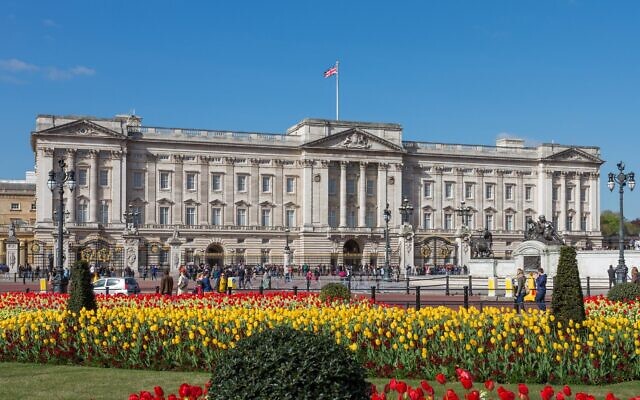
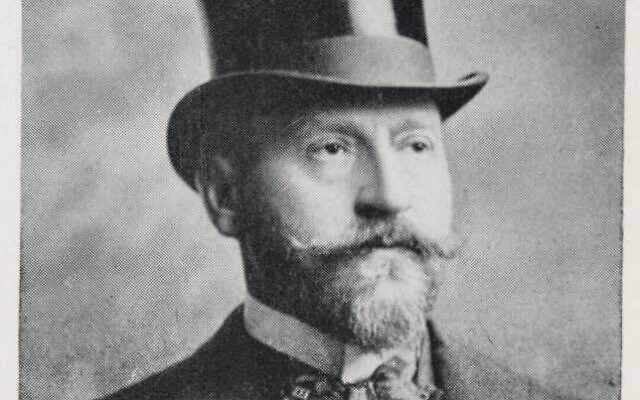
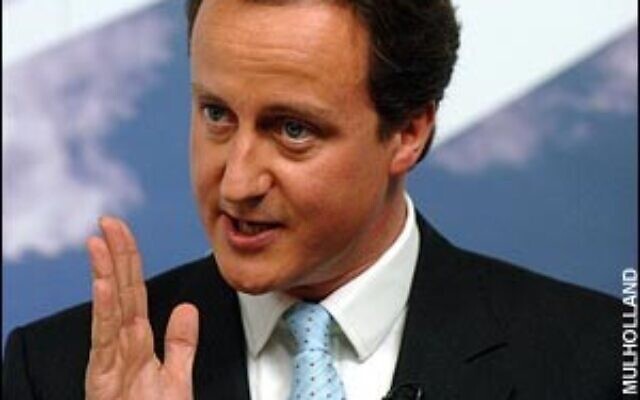
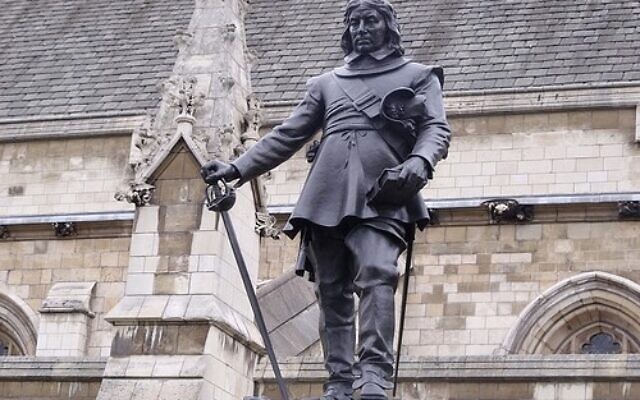
comments